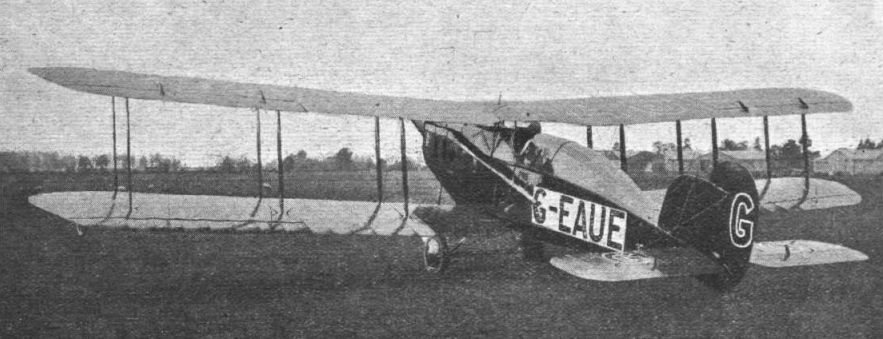

The flexibility of the remiges on the wingtips of large soaring birds also allows for the spreading of those feathers, which helps to reduce the creation of wingtip vortices, thereby reducing drag. However, on the upstroke (when the bird often draws its wing in close to its body), the primaries are separated and rotated, reducing air resistance while still helping to provide some thrust. Most thrust is generated on the downstroke of flapping flight.

These feathers are especially important for flapping flight, as they are the principal source of thrust, moving the bird forward through the air. Primaries are connected to the manus (the bird's "hand", composed of carpometacarpus and phalanges) these are the longest and narrowest of the remiges (particularly those attached to the manus), and they can be individually rotated. They are given different names depending on their position along the wing. Corresponding remiges on individual birds are symmetrical between the two wings, matching to a large extent in size and shape (except in the case of mutation or damage), though not necessarily in pattern. Remiges (from the Latin for "oarsman") are attached to the rear side of the wing the long calami, or quills, are deeply imbedded into the bones themselves. Different species have evolved different strategies for coping with this, ranging from dropping all their flight feathers at once (and thus becoming flightless for some relatively short period of time) to extending the moult over a period of several years. The moult of their flight feathers can cause serious problems for birds, as it can impair their ability to fly. Even flightless birds still retain flight feathers, though sometimes in radically modified forms. Tiny serrations on the leading edge of their remiges help owls to fly silently (and therefore hunt more successfully), while the extra-stiff rectrices of woodpeckers help them to brace against tree trunks as they hammer. In some species, these feathers have developed into long showy plumes used in visual courtship displays, while in others they create a sound during display flights. The flight feathers of some birds have evolved to perform additional functions, generally associated with territorial displays, courtship rituals or feeding methods. Their primary function is to aid in the generation of both thrust and lift, thereby enabling flight. Flight feathers are the long, stiff, asymmetrically shaped, but symmetrically paired feathers on the wings or tail of a bird those on the wings are called remiges (singular remex) while those on the tail are called rectrices (singular rectrix).


 0 kommentar(er)
0 kommentar(er)
